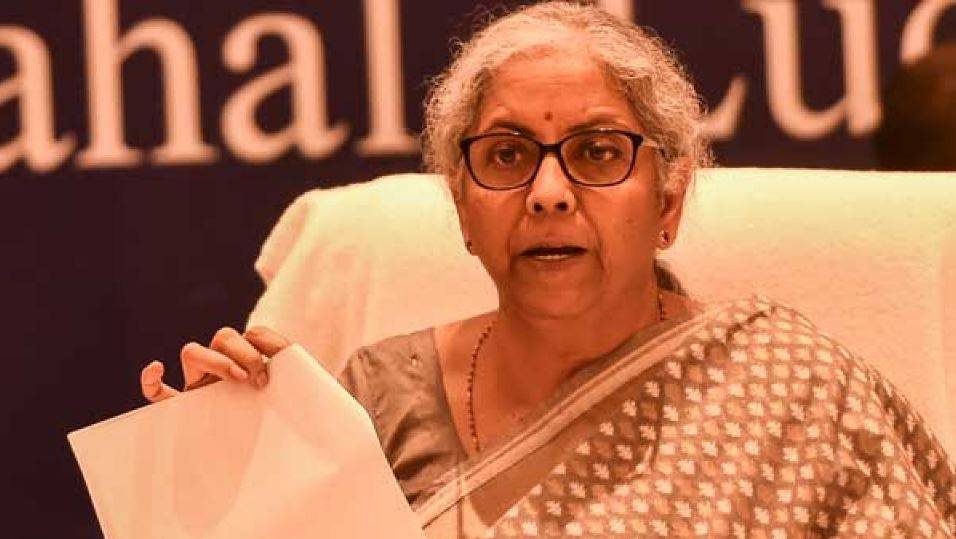
Finance Minister Nirmala Sitharaman presented the Economic Survey for 2022 to the Lok Sabha today (January 31). The Economic Survey, which comes a day before the Union Budget, provides a detailed review of how the Indian economy has progressed in the previous year, just as it does every year.
While the service sector has been the hardest struck by the coronavirus pandemic, the farm sector has proved resilient to the COVID-19 shock and has been the least affected by the pandemic, according to the Economic Survey 2021-22.
In the last two years, the agriculture and allied industries – crops, cattle, forestry, and logging, as well as fisheries and aquaculture -have witnessed strong growth. The sectors expanded at 3.6 percent in 2020-21 and 3.9 percent in 2021-22 fiscal years, and they were the leading employers in the previous fiscal year.
According to the survey, the livestock and fisheries sector, which is closely related to agriculture, has been experiencing strong growth and has aided the overall performance of the agriculture sector. For example, even if the growth of gross value added (GVA) for crops was -1.6 percent in 2018-19, the performance of livestock and fisheries boosted agricultural growth.
The fragmentation of landholdings has led to alternate sources (such as livestock, fishery, and wage labour) becoming increasingly vital for an agricultural household, according to the current Situation Assessment of Agricultural Households (SAS) report. According to the Survey paper, "development in associated industries such as cattle, dairying, and fisheries has been the key drivers of overall growth in the sector."
Expansion of Food Security Network
The robust growth has been made possible, according to Finance Minister Nirmala Sitharaman, by the good monsoon and multiple government initiatives to improve investments, increase credit availability, create market facilities, promote infrastructure development in the sector, and increase the provision of high-quality inputs. The survey paper also praised the Centre for expanding the food security network by providing extra foodgrains through initiatives like the PM Gareeb Kalyan Yojana (PMGKY).
"The timely intervention in the form of ANB coupled with other growth-promoting schemes (ANB and other schemes are discussed under respective sections) have further helped agriculture to achieve an improved growth of 3.9 percent in 2021-22," the Minister said, praising the government's push for the Atma Nirbhar Bharat (ANB) Abhiyan.
However, whereas state investment in agriculture and related industries has stayed consistent between 2% and 3% throughout the years, private investment has decreased, and overall agricultural Gross Capital Formation (GCF) has moved in lockstep with private investment fluctuations.
In terms of the future, the Survey recommends that the government prioritize crop diversification, allied agriculture sectors, and alternative fertilizers such as Nano urea. In addition to the employment of new technologies, it has advocated for increased agricultural research and development (R&D) and organic farming.
















